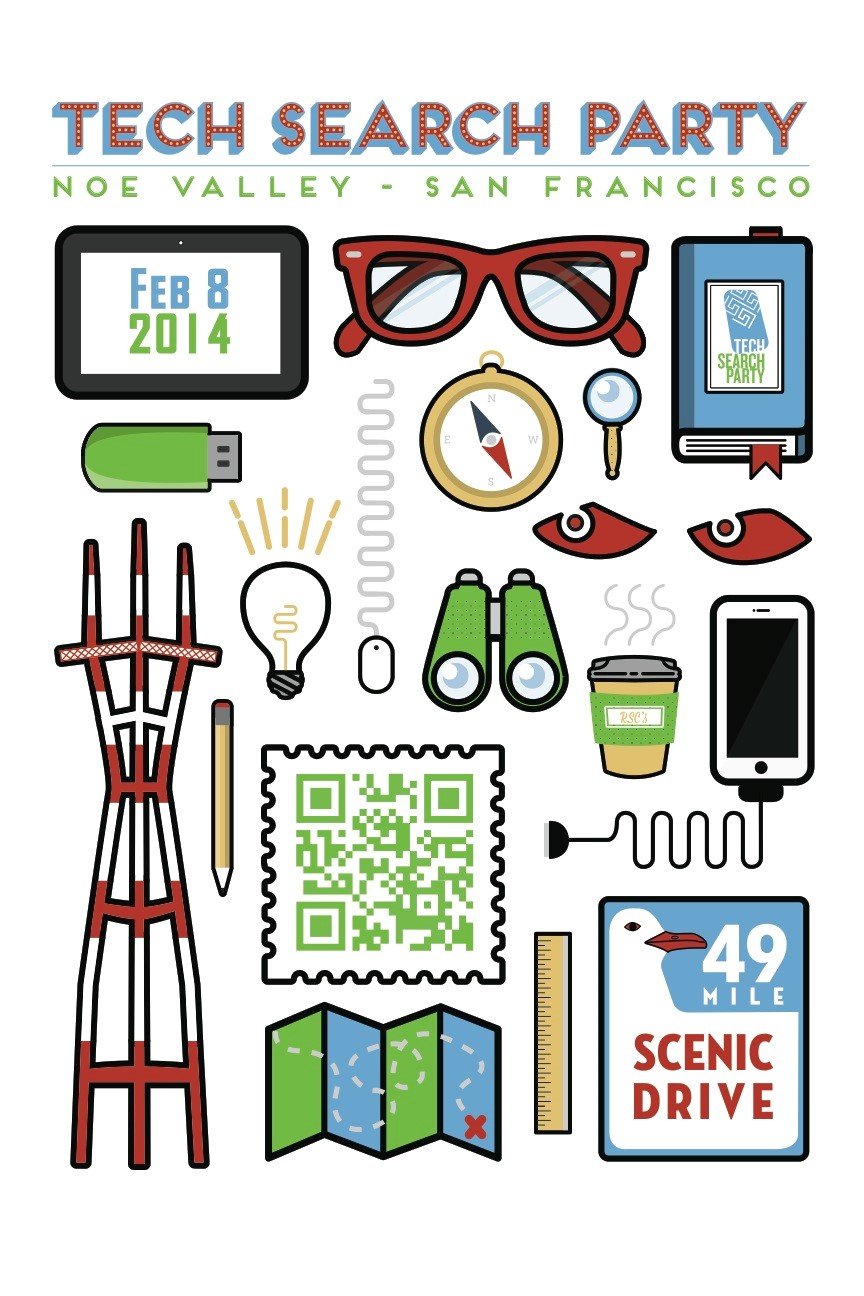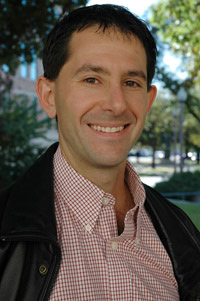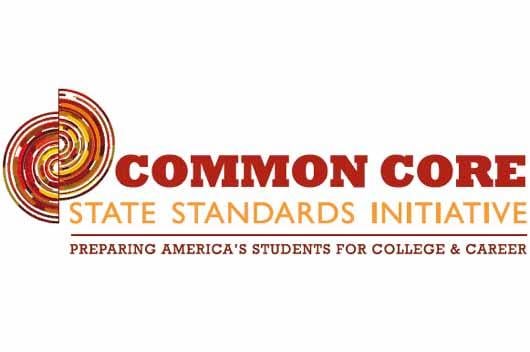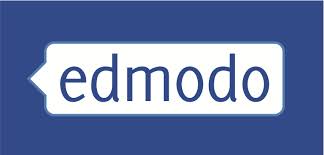RobotLAB Blog
Everything You Need To Know About Robotics in Businesses
Launching The first 3D printed robot - STEM BOT 3D
RobotsLAB, the educational robotics company, recently launched a new robotics curriculum- STEM BOT 3D, during the FETC conference in Orlando, FL
- 0 Comments
- Feb 19, 2014 11:00:00 AM
- Posted by Anna Sandler
- Topics: Robotics, Curriculum
RobotsLAB Box Charity Auction
In our day-to-day interaction with schools across the country, we are exposed to countless fundraisers, rafflles, and bake sales, but we've never seen anything quite like Tech Search Party.
For this reason, we have donated a RobotsLAB Box to this event which is now being auctioned off to the highest bidder here. The auction is currently live and will remain open until Feb. 11 at 5:00 pm PST.
- 1 Comments
- Feb 4, 2014 12:00:00 PM
- Posted by Anna Sandler
- Topics: Education
Professor Peter Stone Can't Get Enough Of NAO Robots Playing Soccer
The World Cup, the pinnacle of soccer, starts this June in Brazil. NPR science correspondent Joe Palca will be one of those obsessed, screaming fans. It's not often Joe gets to do a story that mixes science and soccer, but as part of his new project, Joe's Big Idea, he found a computer scientist who actually studies soccer using robots as players. So Joe felt compelled to investigate.

I love watching soccer matches. I really do. I get it why soccer is called "the beautiful game". It's played
with a mixture of speed, skill, and cunning. Robot soccer, on the other hand is not quite so beautiful. Alison is a two foot tall robot. She’s made of white plastic and looks like a robot. By robot standards, she's a scoring machine. There's a right foot kick, and the ball is heading, and goal. Oh, that was exciting. As I watched, Alison scored several times into an empty net. But by human standards, well, how do I put this gently, I've seen toddlers do better. She got up, she fell, she tripped over, she took oh, she's got a little balance problem. Despite the clunkiness, Professor Peter Stone thinks robot soccer is also a beautiful game. Professor Stone is a computer scientist at the University of Texas at Austin. He has built an indoor soccer field in his lab where he puts his robot players through their paces.
- 0 Comments
- Jan 27, 2014 1:02:14 PM
- Posted by Anna Sandler
- Topics: Robotics
Common Core Math Standards - Myths vs. Facts
Many people wonder if the Common Core Standards are good for their classrooms, children, and their state. There is a debate about that, like there is a debate about any new thing in the world. Many people just don't like changes. (and sometimes for good reason!)

The initiative's website (http://www.corestandards.org/) has gathered some myths about Common Core and they provide some facts to eliminate them. Lets take a look at the math myths:
- 0 Comments
- Jan 20, 2014 10:30:00 AM
- Posted by Anna Sandler
- Topics:
Edmodo Top 10 Paid Educational Apps


Following the popularity of our previous blog post about Edmodo top 10 free educational apps, we've gathered this time Edmodo top paid educational apps of 2013.
- 0 Comments
- Jan 14, 2014 10:00:00 AM
- Posted by Anna Sandler
- Topics: EdTech, Education, Student Engagement
Edmodo Top 10 Free Educational Apps


Edmodo, as a free social learning platform for teachers to share content and manage student learning, offers over 500 educational apps.
Each one of those educational apps was designed to include one or more of the following:
- Get students excited about learning in a familiar environment;
- For teachers - to continue classroom discussions online;
- Introduce polls to check for student understanding;
- Award badges to individual students based on performance or behavior;
- Connect teachers to their students, administrators, parents, and publishers
- Connect teachers to other teachers;
- Track students progress;
- Get the pulse of their classrooms through student reactions to quizzes, assignments, and discussion posts that capture understanding, confusion, or frustration.
- Personalize learning for every student;
- Help teachers to amplify their lesson plans;
The top 10 free educational apps of Edmodo 2013 are fully described below.
- 2 Comments
- Jan 13, 2014 10:00:00 AM
- Posted by Anna Sandler
- Topics: EdTech, Education, Student Engagement
Applying Math curriculum to real life using Google SketchUp
Math in practical use as opposed to being practically useless.
That’s the approach taken by more and more math teachers.
Of course math was always useful in the real world; the trick was convincing your students that that was the case.
Hard to do when the curriculum and available tools limited teachers to books and the blackboard...Oh, and let us not forget transparent plastic protractors for drawing straight lines on paper...at least that’s what most of us used them for.
The only angle we thought about was a guy’s agenda as in “What’s his angle?,” not “the space (usually measured in degrees) between two intersecting lines or surfaces at or close to the point where they meet.”
What’s happened to change all that? Technology!
Technology has made all the difference in turning math class into a learning experience as practical as woodworking or auto repair.
And that's what eighth-graders and their teachers discovered at Upper DuPont Area Middle School in Loyalton, Pa. while undertaking the redesigning and landscaping of the schools courtyard.
- 0 Comments
- Dec 2, 2013 10:55:00 PM
- Posted by Anna Sandler
- Topics: Math, Local News, EdTech, Education, School, Student Engagement
Relevant Posts
- Augmented Reality: A Tool for Teaching Students Robot Programming
- Fostering Innovation Through Youth Education in STEM and EdTech
- How Parents Can Foster STEM Learning Beyond the Classroom
- How Robotics Cultivates a Deep Understanding of Mathematics in Students
- RobotLAB Receives EDTech Chronicle 2023 ‘BESTIE’ Award for Landmark Partnership with American Samoa Dept. of Education.
Subscribe to Email Updates
-
I Want To Learn MoreADDITIONAL INFORMATION
